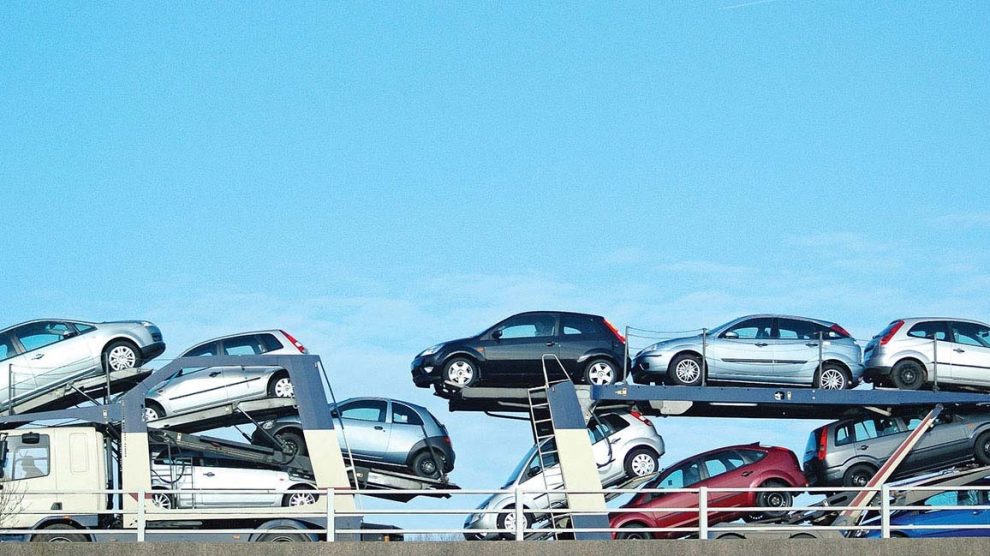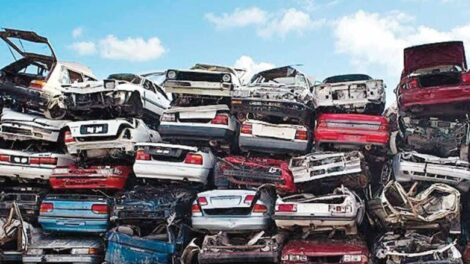It’s the boat that gets you from one place to another efficiently. So when it comes time to move, you probably want to take your trip with you. Many people hire a professional towing company for long-distance towing services; However, you can also choose to have your car towed with another main vehicle such as an RV or truck.
Regardless of which method you choose for long distance towing, it is important to properly prepare your vehicle to ensure a safe arrival.
Read more to learn what to do before returning your vehicle towing for a long distance.
Insure it
If your car isn’t already insured, it should be!
Check with your car insurance company that your policy is still active and that you are covered. You may wish to purchase additional temporary long-distance towing insurance Territories.
Clean up
While you’ll likely clean it again after you reach your final destination, cleaning your car before a long-haul trip can reduce debris that’s built up while driving.
This will help preserve the luster of the paint and prevent premature rusting. So give your car a good deep clean, inside and out. There is no need to have it detailed; a simple interior and exterior cleaning is sufficient.
Remedy
If your car is towed for more than 3-4 weeks, you may need to change the oil first.
Failure to do so can result in engine damage due to harmful contaminants in the used engine oil. It’s also a good idea to fill the tank with gasoline. Not only is this convenient, as it comes ready to use when you receive it. , protects the fuel tank by preventing excess moisture and preserving its internal seals. If towing your vehicle on a dolly, make sure your tires are properly inflated and inflate as necessary.
Inspect
When hiring a professional long-haul towing company, it’s a good idea to inspect your vehicle for damage and document your findings. This allows you to compare the condition of your vehicle before and after your arrival. Take photos of existing damage and, most importantly, have the vehicle inspected by a professional mechanic for leaks, mechanical issues and more.








